Timeline
Summerhill Pavilion and Gardens
Summerhill Area
1600s
- Paddock Close
- The area is largely nursery grounds used for growing produce.
- Roman Wall
- Westgate Road is part of an ancient east/west route used by the Romans on the line of Hadrian's Wall. It is still the road that connects Newcastle and Carlisle in Cumbria. The Summerhill Area is possibly called 'Paddock Close' & 'Rye Hill'.
1700s
- Summerhill House
- The first major building in the area, Summer Hill House is built for bookseller Mr Barber, who names it after his home town in Ireland. It is destroyed in 1773 by fire.
- Estate
- The nursery becomes part of the Summerhill Estate.
Late 1700s
- Rebuilt Summerhill House
- Quaker, Hadwin Bragg, rebuilds Summer Hill House and creates a small estate. Plans begin to build houses in the area.
1800s
- Gardens
- The nursery becomes a collection of gardens, summerhouses, walks and arbours for the surrounding houses which are now being built.
- An Accidental Square
- Greenfield Place & Swinburne Place are built, covenants prevented building any closer than 100yds from the houses on the north side to maintain their value - Summerhill Grove, 1820, is therefore exactly 100yds across the nursery, creating the start of the 'square'.
1822- 1829
- St Anne's & Westgate Hill Cemetery
- Ignatius Bonomi builds his Tudor-style Priory next door to Summerhill Grove in 1822. The first burial takes place in Westgate Hill Cemetery in 1829.
1829- 1833
- Robert Stephenson
- The engineer, lives in the square 1829-33 and designs the famous steam engine Rocket.
1841- 1857
- Joshua Alder
- Marine biologist, takes up residence in Ravensworth Terrace. He discovers new species of marine animals and gains international recognition for his work.
1845- 1847
- Frederic Douglass
- Former slave and a
leader of the Abolitionist movement, visits
Britain and Ireland. He stays with the
Richardson family in Summerhill Grove
for the first time in 1845-7.
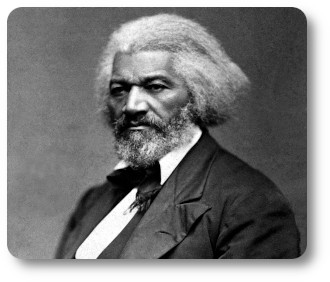
1851
- Barber Surgeon's Hall
- Built by famous Newcastle Architect John Dobson, it later become St.Paul's school, and most recently is being converted in to a house.
Late 1800s
- Pleasure Grounds
- The land is restricted by deed for
use as a garden, pleasure
ground and allotments.
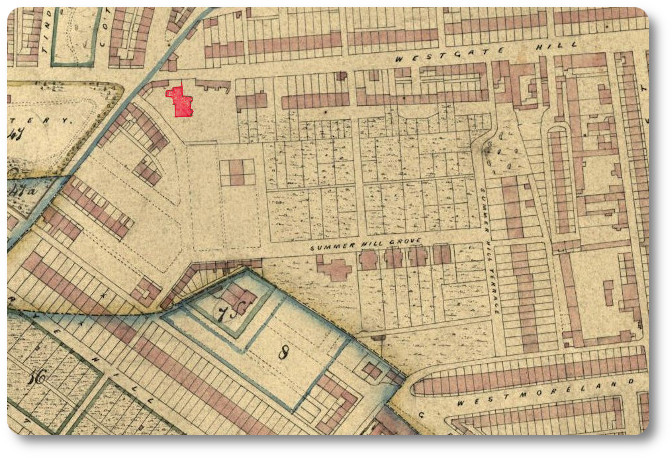
- Summerhill Square
- Summerhill Terrace, Winchester Terrace & Ravensworth Terrace are now all taking shape creating the square we know today.
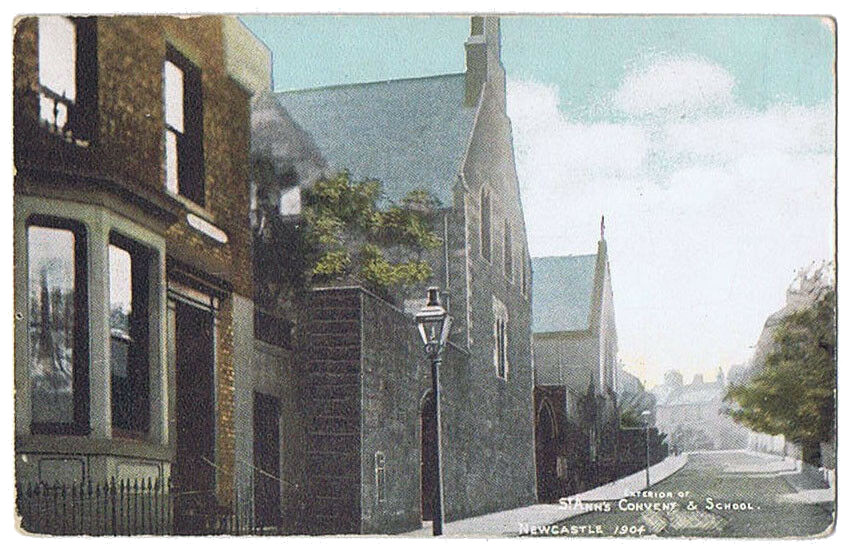
1877- 1895
- A New Church
- St Matthews Church is built, leaving only one wing of Summerhill House still standing, sandwiched between the church and Westgate Road.
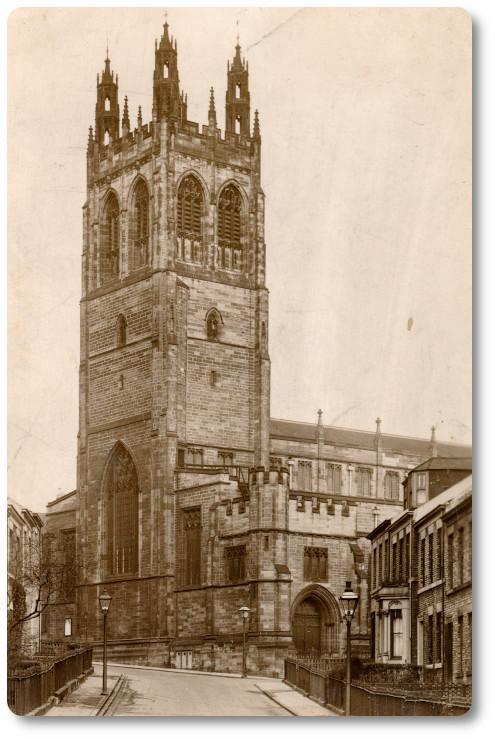
1899
- The Co-Op
- The Co-operative Wholesale Society HQ
for Northern Region is built in 1899. It is
now the Discovery Museum.
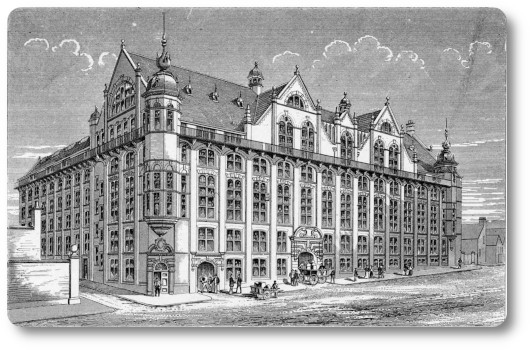
1904
- Quiet Games
- 'Bowls, quoits, lawn tennis and other quiet games' are allowed for the first time.
- The Big Lamp
- Around this time the corner of Westgate Road and Elswick
Road acquires the name Big Lamp when a
large electric street light is installed at the
junction.
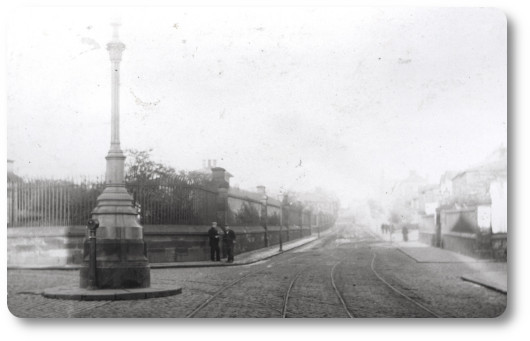
1905
- A Bowling Club
- Land to develop greens, tennis courts and a pavilion is bought by by the West End Bowling Club.
1907
- An Important Visitor
- Cricketing celebrity and president
of the English Bowling
Association W. G. Grace visits
the club.
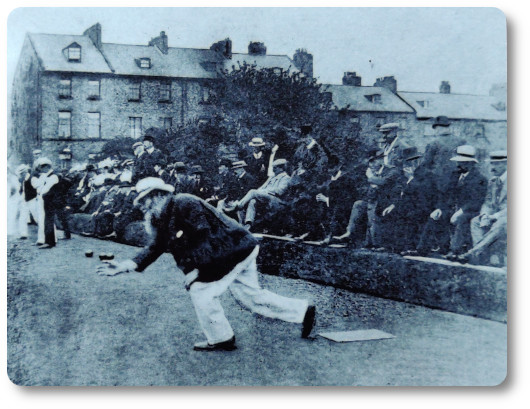
1916
- Summerhill Bowling Club
- The West End Bowling Club is liquidated and a new club, Summerhill Bowling Club, is established.
1925
- Synagogue
- A synagogue is built in Ravensworth
Terrace and opened by the lord mayor.
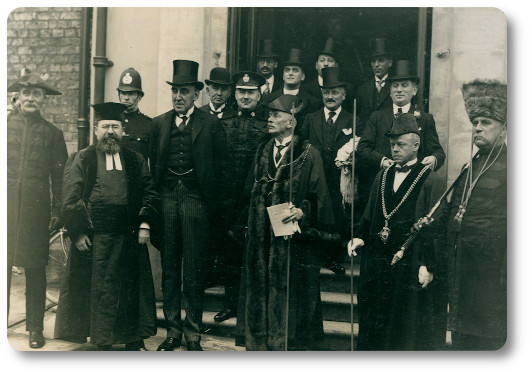
1935- 1936
- The First Win
- Summerhill bowling club wins the Bell Cup for
the first of 29 times.
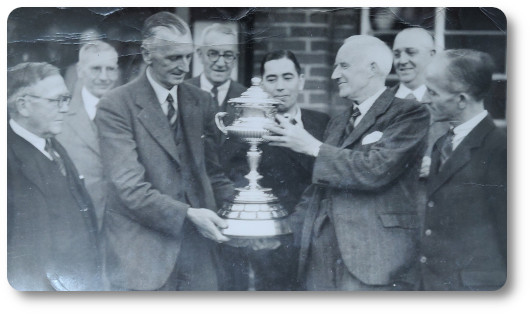
- Summerhill Park
- Summerhill Park is laid out over what was previously gardens & allotments to mark
George V's Silver Jubilee.
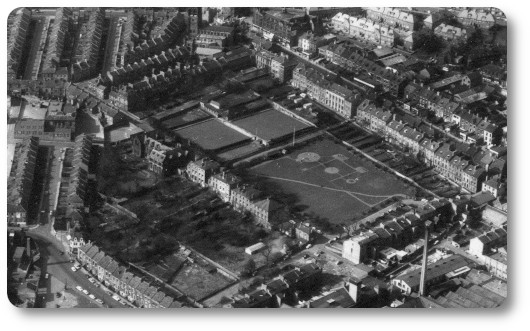
1937
- New Club House
- The wooden club house is
replaced with a brick pavilion at a
cost of £1940.
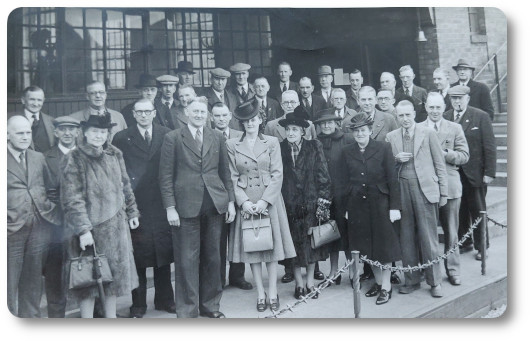
1940- 1970
- Slums
- Rapid decline of the area starts after 1940 due to houses being let to workers on the Tyne, sometimes with 40 people living in a single house.
In 1960 houses now change hands for as little as £50 (About £1000 in 2020). Clearances start on what is now considered slum housing, many houses are now abandoned and derelict. Parts of Summerhill are lost forever:
Rye Hill, Lower Summerhill Terrace, the west side of Victoria street, Lawson Street, Judson Place & Houston Street are completely demolished.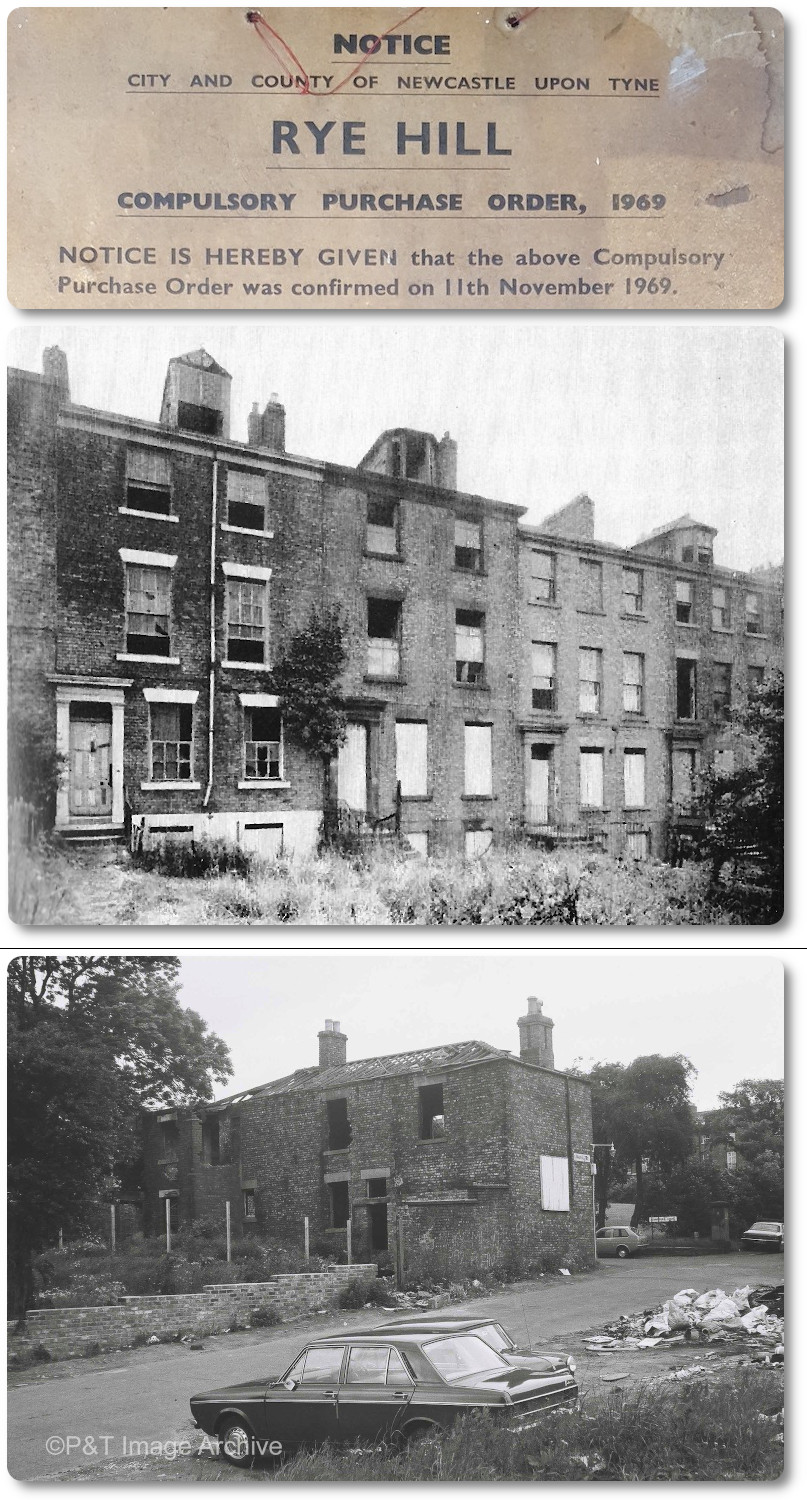
1970s
- Comeback
- The area was further threatened during the 1970s, including various plans for dual-carriageways through the central space, the Cemetery and Westgate Hill.
In 1970-72 Further compulsory purchase orders are issued but a compromise is reached where streets will be updated and only some houses demolished, Summerhill Conservation area is designated. Most houses are now grade 2 listed.
A gradual gentrification of the area starts.
1980s
- Ladies, shall we join the Gentlemen?
- Despite opposition from
members, the Summerhill Ladies
section is established.

- New Builds
- Social housing is built on what was Lower Summerhill Terrace.
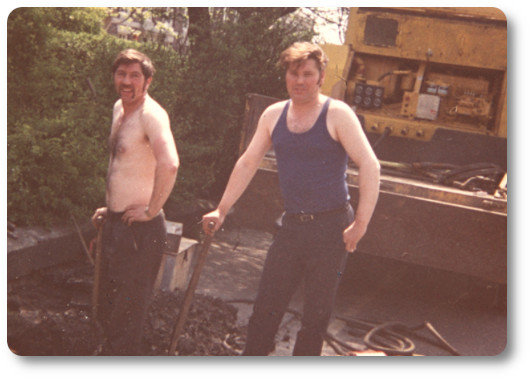
1980s 1990s
- New School
- Our Lady & St. Anne's school is built on Summerhill Grove's gardens and cleared land on Westmorland Road.
St. Pauls has new school buildings built on what was Lawson Street & Rye Hill.
Almost all houses are restored and occupied & Summerhill is becoming a desirable area once again.
2011
- End of an Era
- The club closes. The Friends of Summerhill save the site from development and become its custodians.
2019
- A House Through Time
- Summerhill is featured in the BBC's A
House Through Time series.

2021
- Celebration
- Summerhill Trust (formerly the Friends of Summerhill) celebrates its 10th anniversary.